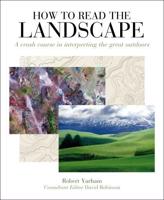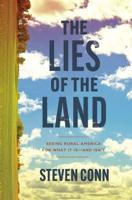Publisher's Synopsis
The ninth to the fifth centuries BCE saw a series of significant historical transformations across Cyprus, especially in the growth of towns and in developments in the countryside. In this book, Catherine Kearns argues that changing patterns of urban and rural sedentism drove social changes as diverse communities cultivated new landscape practices. Climatic changes fostered uneven relationships between people, resources like land, copper, and wood, and increasingly important places like rural sanctuaries and cemeteries. Bringing together a range of archaeological, textual, and scientific evidence, the book examines landscapes, environmental history, and rural practices to argue for their collective instrumentality in the processes driving Iron Age political formations. It suggests how rural households managed the countryside, interacted with the remains of earlier generations, and created gathering spaces alongside the development of urban authorities. Offering new insights into landscape archaeologies, Dr Kearns contributes to current debates about society's relationships with changing environments.











